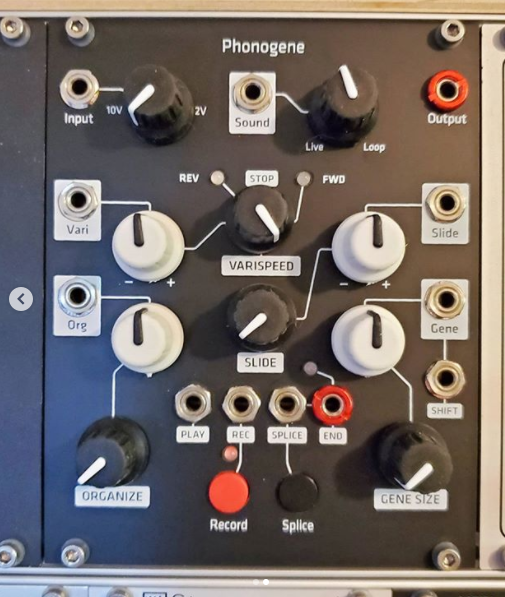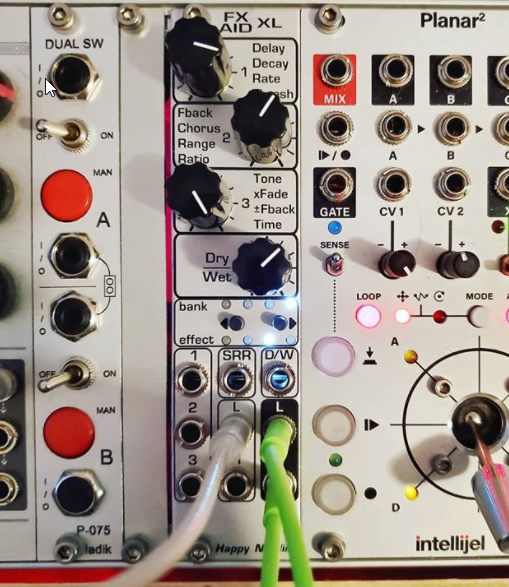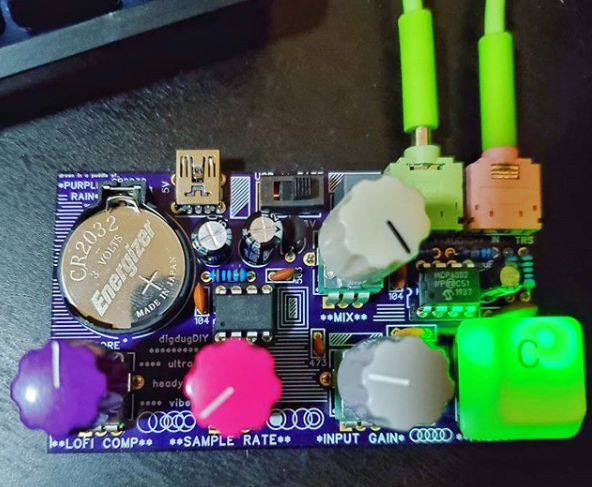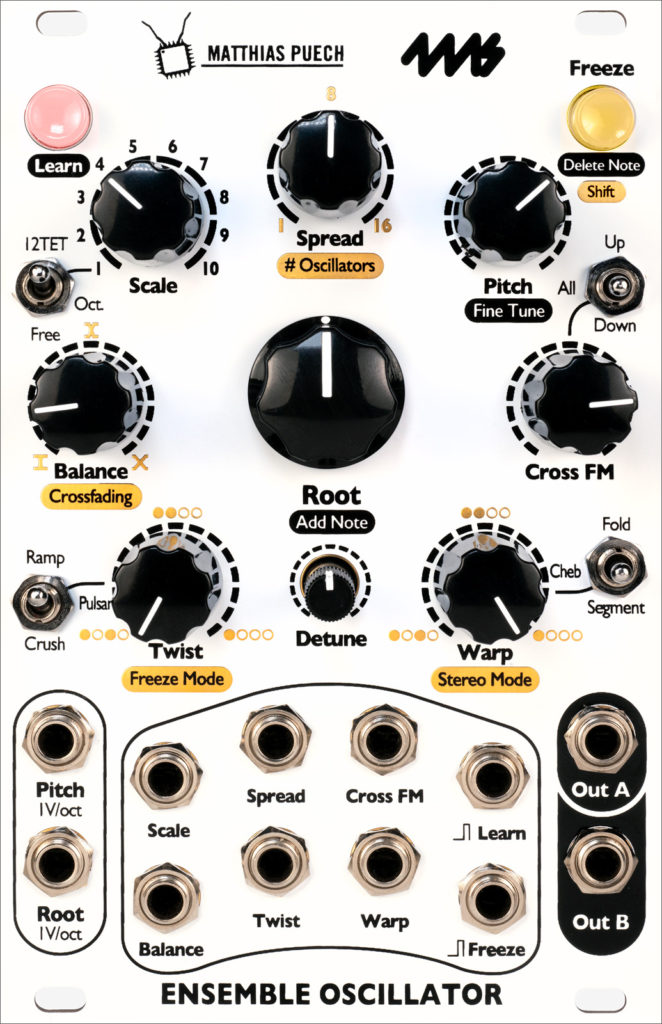I’m still feeling that time is crawling and flying simultaneously. Maybe that’s just the new normal. It’s probably always been true, but maybe the pandemic made me notice it more.
The partially formed concept I had for the album I’m working on is related to time — entropy, the “arrow of time” and how it relates to life; the opposing but complementary forces of Preservation and Ruin, from which Harmony arises, from Brandon Sanderson’s Mistborn series.
Except that the tracks I’ve recorded really aren’t that much in line with that. I’ll just keep recording stuff, and see what happens I suppose 🙂
I wound up with the 4ms Ensemble Oscillator (ENOSC) and am hugely impressed with it.
Trying to keep the technical description part of this short — ENOSC begins with the basic concept of additive synthesis, but instead of fixed harmonic frequency ratios between the partials, it lets you choose from preset or custom-defined chords, scales, or non-octave repeating interval sets, within or outside standard Western 12TET tuning. The idea is to explore the whole spectrum between additive synthesis and music theory. You can also detune them for lush chorusing effects.
On top of that, the partials can FM each other, using the root or highest partial s the modulator, or each modulating the next higher. Combining that with different frequency intervals can give extremely rich results!
And on top of that there’s a phase shaper and a wavefolder, each with three modes.
The sets of partials have three different output assignment modes, but unfortunately each of them can suffer from phase cancellation issues. Thankfully I’ve built up a pretty good roster of ways to deal with those, it’s just something I’ll have to keep an eye and an ear on.
Overall, the sounds this thing can produce are diverse and… kind of alarming to be honest. Pipe organs are easy, and as others have said, using it for drones feels like cheating. I’ve accidentally created really brassy horns with a sort of grace note attack, with no envelopes at all, just as a consequence of the crossfading as the Root input changes along with cross-FM. It’s done vocal formant “yai yoi oay” type stuff, 808 style hi-hats, a combined bassline/chord stabs, wild FM percussion, and some almost Karplus-Strong like power chords. The thing is full of sweet spots and it’s very easy to get something good out of it, but I feel like it’s going to take a while to familiarize myself with it so I can more or less predict what will happens when I change one aspect of its current state.
ENOSC is 16HP, and feels like it’s deceptively small — like it’s trying to fool people into thinking it’s humbler and simpler than it really is. It also tends to eat attenuators for breakfast — any CVing you do needs to be really cut down to size to work well. So it probably should have been 26HP, like the 4ms SMR and SWN as well as E352 and Shapeshifter. It deserves the larger stature 🙂
I’ve gone ahead and put the Faderbank, HD mk2 and E352 up for sale. The kinds of sounds I’m getting from my current rig without them are perfectly suited to what I want to do, while giving me a whole lot of mad ̶s̶c̶i̶e̶n̶c̶e̶ engineering exploration.
I also bought a used Phonogene, for semi-lo-fi varispeed tape loop stuff — something I have missed since trying W/. The looper and Spectral Time Machine in E520 are their own things, good but not the same as that; Clouds is granular and also different; Mimeophon is not quite there with its hold feature. Bitwig doesn’t really do it live or in such a hands-on way, though I’ve made decent use of its sampler in the Grid.
I’m going to pass on Casper/Bastl Waver, after watching a video demo where the sounds are just not very appealing, there was some nasty clipping and some thresholds where the level suddenly jumps.
My past few tracks have used a LOT of moderately slow LFOs, which made me think a bit about maybe Zadar or a DivKid 0chd — but I do have plenty of available CV outputs and can assign them to LFOs in Bitwig, so I won’t go there.
I feel I’m at or near a “version 4.0” of my modular synth, and maybe I will write up a summary of it, like I did with what I had near the start of this blog.





